Key fobs have revolutionized vehicle accessibility by offering unmatched convenience and enhanced security features. These compact devices allow you to lock, unlock, and start your vehicle with a simple push of a button without the need to physically insert a key.
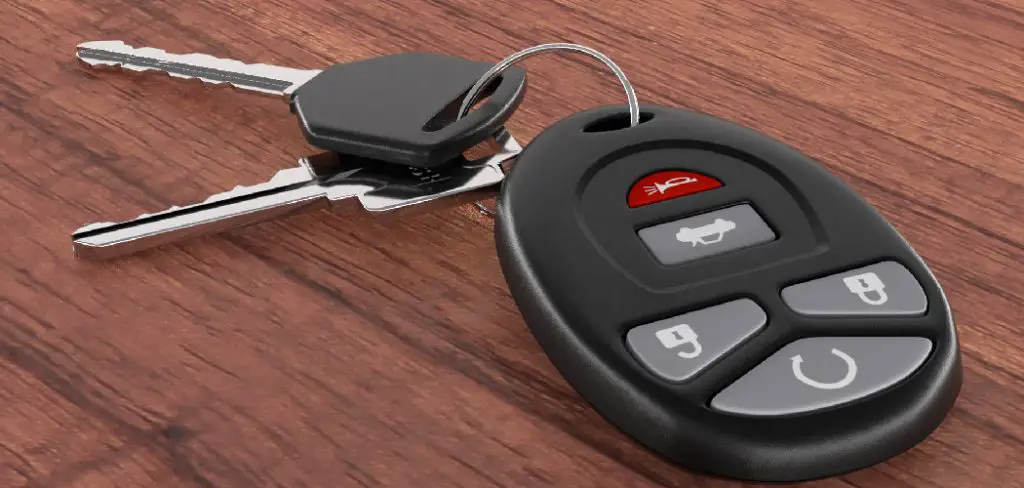
A properly programmed key fob ensures seamless access to your vehicle and its ignition system. It minimizes the risk of lockouts while providing an additional layer of security against unauthorized access. This article aims to provide you with a comprehensive, step-by-step guide on how to program key fobs for various types of vehicles.
By understanding the nuances of key fob programming, you can safeguard your vehicle and enjoy the full benefits of this modern technology. Whether you’re dealing with a basic remote or a sophisticated proximity fob, following these instructions will ensure you’re equipped to tackle the programming process confidently.
Understanding Key Fob Types and Compatibility
Types of Key Fobs
There are several types of key fobs commonly used for vehicle access, each with its unique features and technology. Basic remote key fobs are the simplest, allowing users to control the locking and unlocking of the car doors.
Transponder fobs possess a chip that communicates with the vehicle’s ignition system, providing added security by ensuring only authorized fobs can start the engine. Proximity fobs enable a keyless experience by allowing you to unlock and start your car without ever taking the fob out of your pocket, utilizing advanced radio frequency technology to connect with your vehicle.
Checking Compatibility with Your Vehicle
Determining the compatibility of a key fob with your vehicle model is vital to avoid programming and functionality issues. Start by consulting your vehicle’s owner’s manual, which typically includes information on compatible key fob types.
Additionally, vehicle manufacturers often provide compatibility data through their official websites or customer service. It’s crucial to confirm the key fob’s compatibility before attempting programming, as mismatches can lead to unsuccessful pairing attempts and potential system malfunctions.
Ensuring your key fob is compatible helps maintain the security and convenience these devices provide, making them effective tools for vehicle access.
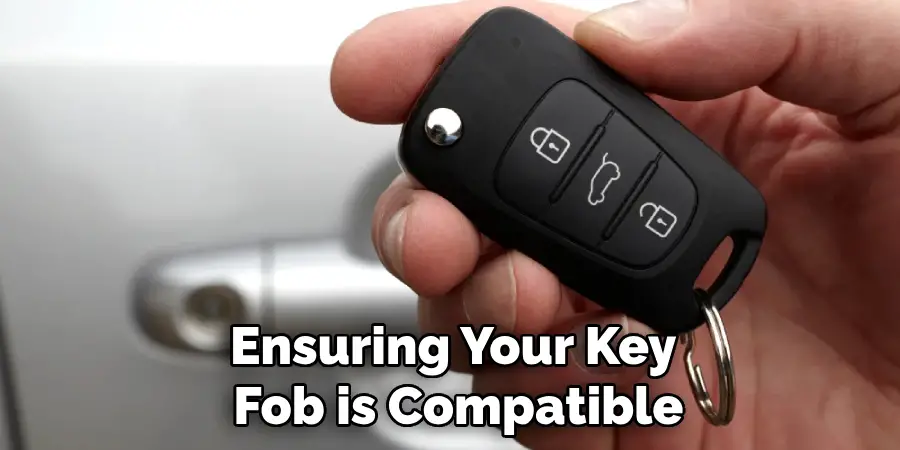
Preparing for Key Fob Programming
Gathering Necessary Tools and Equipment
Before you begin programming a key fob, it’s essential to gather all the necessary tools to ensure a seamless process. You’ll need a working key fob, a new or replacement key fob, and your vehicle’s owner’s manual.
A functioning key fob can assist with troubleshooting during the programming process, while the owner’s manual provides specific instructions and compatibility information. By having all the required items ready, you minimize interruptions and the likelihood of encountering issues, ultimately leading to a more efficient and successful programming experience.
Ensuring Battery Health
To avoid disruptions during key fob programming, it is crucial to check and replace the battery if needed. First, test the battery by observing the response of your current key fob to button presses; a weak or inconsistent response often indicates a low battery.
Replacing the battery is straightforward—simply pop open the key fob casing and swap the old battery for a new one. Additionally, always keep a spare battery on hand to preempt any lockout scenarios caused by battery failure. This preparation can prevent common programming issues related to weak or dead batteries, ensuring a smoother process.
How to Program Key Fobs: For Key-Inserted Vehicles
Entering Programming Mode
To successfully program a key fob for key-inserted vehicles, begin by entering the vehicle’s programming mode. First, insert your existing key into the ignition without turning it. Next, cycle the key to the “On” position—where the dashboard lights illuminate—without starting the engine, then back to the “Off” position.
Repeat this process several times, often between three to five iterations, depending on your vehicle’s make and model, within a short time frame. Leave the key in the “On” position on the final cycle.
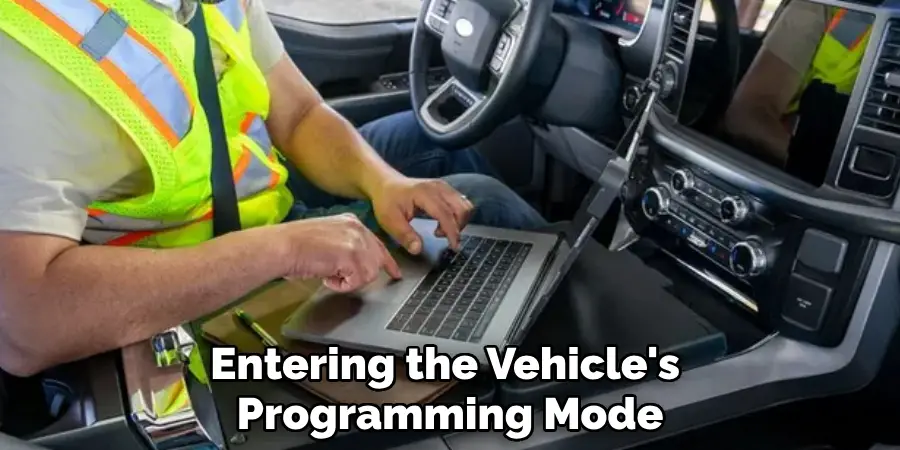
You should observe signals indicating that the vehicle has entered programming mode, such as flashing dashboard lights or a series of beeps. These cues confirm readiness for pairing the key fob, ensuring that the system is primed to accept new programming commands.
Syncing the Key Fob
Once in programming mode, proceed to sync the key fob with the vehicle. Begin by pressing the “Lock” button on your new or replacement key fob; you may hear a response from the vehicle, such as a honk or another series of beeps, to indicate successful communication between the devices.
Continue by pressing any other buttons required by your vehicle’s specific programming procedure, often laid out in the owner’s manual. To finalize the pairing process, cycle the vehicle key back to the “Off” position and remove it from the ignition.
Test the newly programmed key fob by pressing the “Lock” and “Unlock” buttons to ensure all functions are operational. If the fob performs these functions correctly, it confirms that synchronization was successful and the fob is ready for use. In case of any issues, verify that all steps were followed accurately and refer to troubleshooting resources.
How to Program Key Fobs: For Push-Button Start Vehicles
Accessing the Programming Mode
Programming a key fob for push-button start vehicles requires a slightly different approach, emphasizing precise timing to enter the programming mode successfully.
First, make sure all doors are closed and the vehicle is in “Park” mode. Then, sit inside and press the “Start” button without pressing the brake pedal to shift the vehicle into accessory mode—similar to the “On” position for key-inserted vehicles. Repeat this action multiple times, typically three to five, ending in accessory mode, depending on your vehicle’s specific requirements.
You may need to perform additional actions, such as pressing the lock button on the driver’s door panel. Timing is critical; ensure that each button press occurs in quick succession to avoid timing out the programming mode.
Be alert for signals such as flashing dashboard lights or an audible beep, which indicate the vehicle is ready to sync the new key fob. Adhering to these steps aligns the vehicle system to accept the pairing commands.
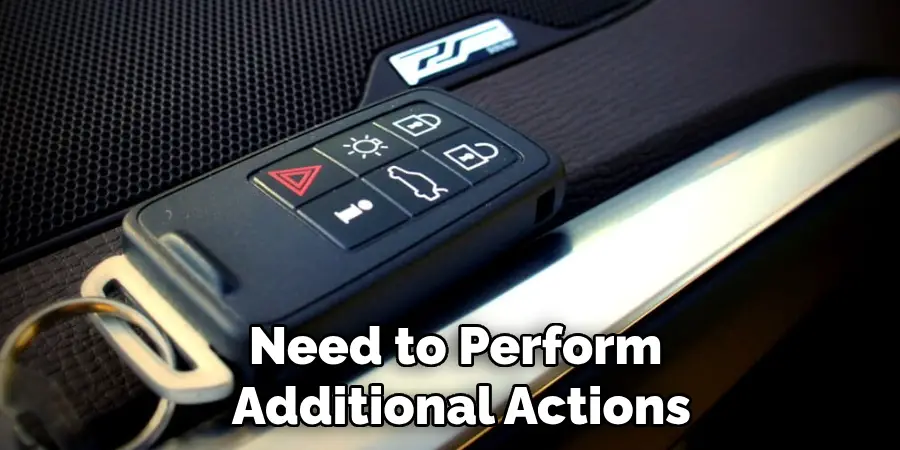
Completing the Pairing Process
Once the vehicle is in programming mode, initiate the pairing process by pressing the “Lock” button on the new key fob. You should expect a corresponding signal from the vehicle, like a click or beep, confirming contact.
Continue with other required button sequences as provided in your owner’s manual, which may vary by vehicle model. After pressing the necessary buttons, turn the vehicle off by pressing the “Start” button again. To validate the successful pairing of the key fob, perform functional tests by unlocking, locking, and starting the vehicle while the key fob is nearby.
If all operations work smoothly, the pairing is complete. Should there be any discrepancies, retrace your steps to ensure correct execution, consult your vehicle’s owner’s manual, or seek professional assistance as needed. Proper testing ensures the key fob functions reliably, enhancing convenience and security.
Troubleshooting Common Key Fob Programming Issues
Resolving Syncing Issues
If the key fob does not pair successfully, begin by resetting the system. This involves removing the battery from the key fob and waiting a few minutes before reinserting it. Next, carefully repeat the entire programming process as specified for your vehicle’s system, ensuring all steps are executed promptly and accurately.
Double-check the key fob’s compatibility by reviewing the owner’s manual or vehicle specifications to ensure the fob aligns with your car’s requirements. If issues persist, consult vehicle-specific forums or peer-reviewed resources for insights into unique model-based solutions.
When to Seek Professional Help
When home troubleshooting efforts fail, it’s advisable to seek assistance from a professional locksmith or dealership. These experts possess specialized tools and knowledge to address complex key fob or vehicle security system issues.
Professional intervention is particularly valuable for high-end vehicles with advanced fob systems that might involve proprietary programming protocols. Engaging with skilled technicians streamlines the process and minimizes the risk of accidentally damaging crucial vehicle electronics, ensuring both functionality and security are preserved.
Maintaining and Protecting Key Fobs
Battery Maintenance Tips
Regularly checking and replacing your key fob battery can prevent unexpected lockouts and ensure seamless vehicle access. Aim to inspect the battery every six months, looking for signs of wear or weakened performance. Many key fobs will warn of low battery levels by failing to lock/unlock the vehicle consistently.
Replacing the battery periodically or at the first sign of decline is crucial, considering most batteries are inexpensive and easy to replace. Keep a spare battery at home and even one in your car’s glove compartment, as it ensures you won’t be stranded if your key fob battery dies suddenly.
Protecting Key Fobs from Damage
Key fobs are vulnerable to physical damage and environmental influences, necessitating protective measures. Use cases or covers specifically designed for key fobs to shield them from everyday wear and tear. These accessories can absorb shocks from drops and protect against scratches.
Keeping your key fob away from extreme temperatures and water exposure is also critical, which can harm its electronic components. Avoid leaving the fob in direct sunlight or damp places, and consider using a waterproof case if you frequently engage in activities around water. Taking these precautions can extend the lifespan of your key fob and maintain its functionality.
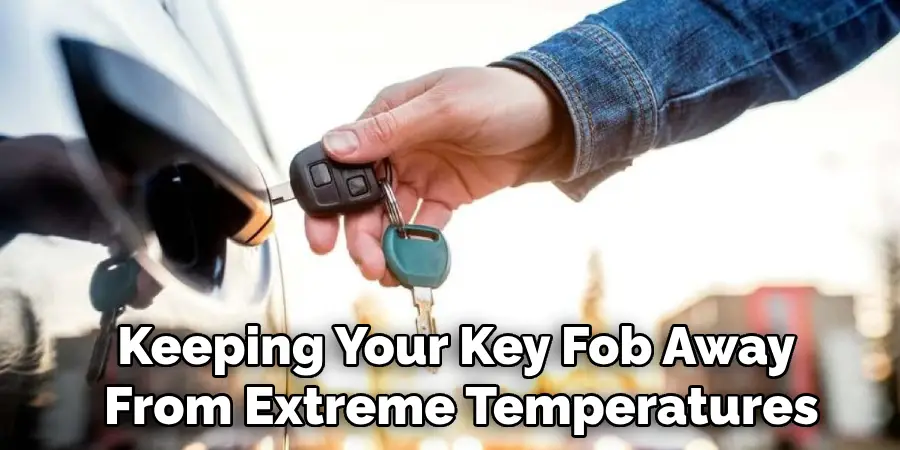
Conclusion
Programming a key fob independently provides both convenience and cost savings. The key steps involve accessing the programming mode, completing the pairing process, and troubleshooting any issues. Remember to follow the instructions carefully, paying attention to timing and sequence to ensure a successful and quick pairing.
Knowing “how to program key fobs” empowers you to maintain control over your vehicle’s security and access systems. Mastering these skills enhances your technical proficiency and reduces dependency on external services, offering an invaluable sense of autonomy and accomplishment.
